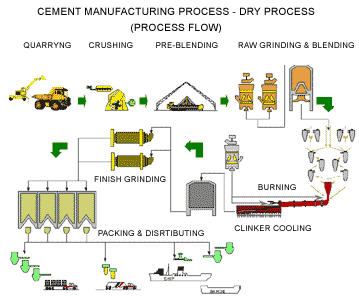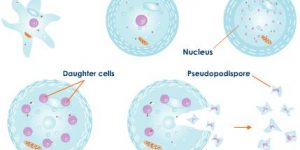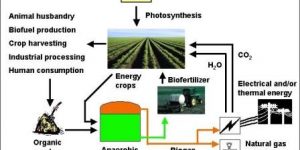Cement is a soft, smooth substance usually present in powder form. It is composed of different elements that are found naturally such as limestone, clay and sand. When combined with water, it binds sand and gravel into a hard solid mass known as concrete. Joseph Aspidin of England discovers it in 1824.The original name of cement is ‘Portland cement’ because the hardness is obtained only after combining it with water which resembles ‘Portland rocks of England’.
Manufacturing of Cement
A combination of limestone with clay is warmed up to 1500 C in a rotary furnace to make clinker is called as cement. After the temperature of the mixture cools down, min 2% or max 5% Gypsum is mixed in it. Finally the assortment is grounded to get finely powdered ‘Portland cement’. The major components of ‘Portland cement’ are Tricalcium Aluminate, Tricalcium Silicate and Dicalcium Silicate.
It’s a fine grey powder which is very refined. About 1 Kg of cement contains approximately over 300 billion grains. If it passes through a sieve it has the capability of holding water. It should be stored in a dry area because in case of getting wet or damp the powder will become a hard lump.
People all over the world use cement as a glue to stick bricks together in the buildings and constructing hard floor, dams, roads and bridges etc. It is also used to produce R.C.C. A concrete setup with an iron framework inside is known as Reinforced Cement Concrete (R.C.C.) or Reinforced Concrete Cement. It is basically used for making dams, roofs, pillars, tunnels and bridges etc.



